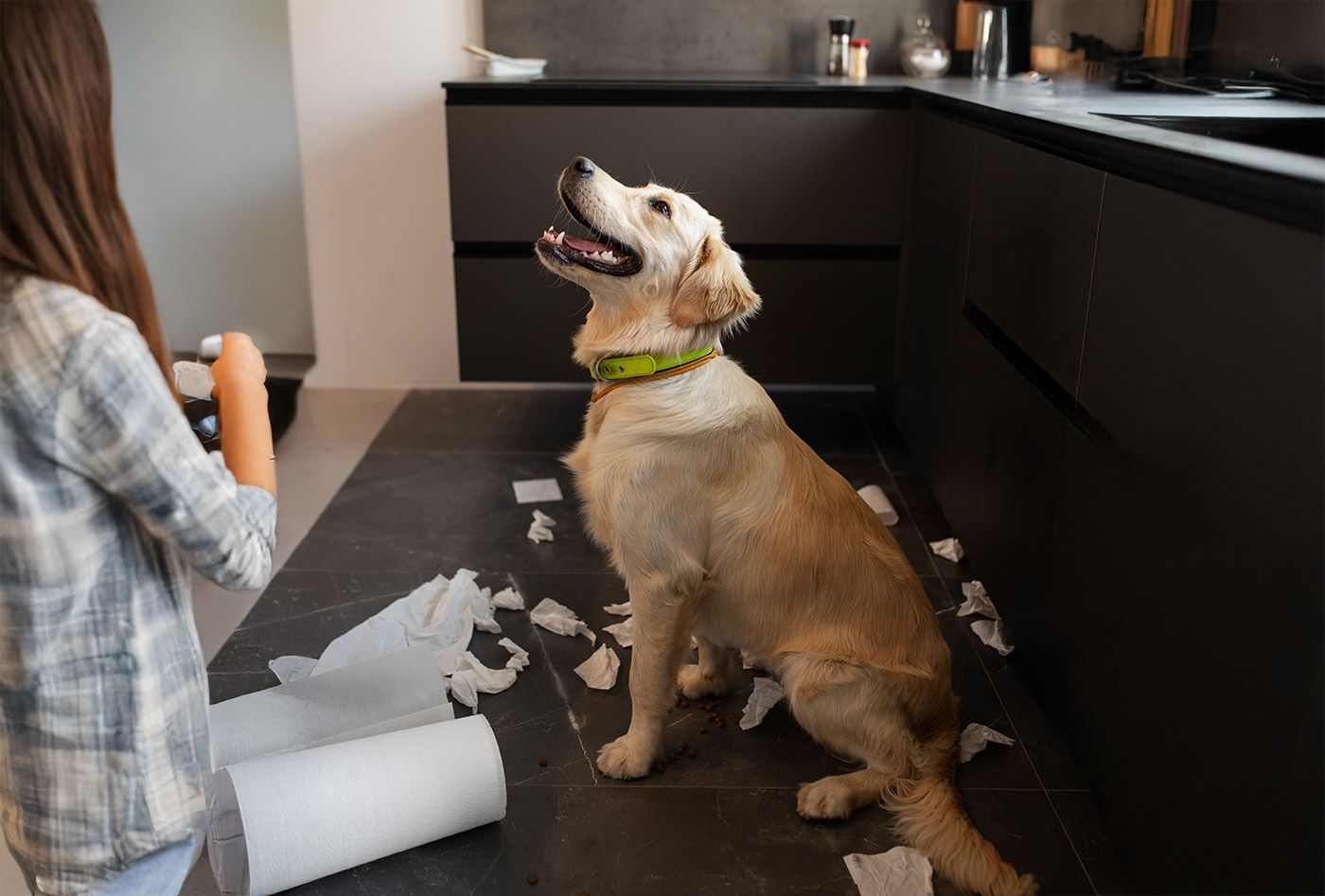Handling bad behavior in pets requires patience, consistency, and humane techniques. Here are effective strategies:
- Positive Reinforcement: Reward good behavior with treats, praise, or toys. Focus on reinforcing actions you want to see more of, such as sitting calmly or coming when called.
- Redirect Unwanted Behaviors: If your pet engages in a bad habit (like chewing), redirect their attention to a more appropriate activity, like a chew toy.
- Consistency in Commands: Use the same words and tone for commands, so your pet doesn’t get confused. Consistency is key for them to understand what’s expected.
- Ignore Attention-Seeking Misbehavior: If pets act out to get attention (like barking or whining), avoid rewarding this behavior. Only respond when they’re calm.
- Provide Physical and Mental Exercise: Often, bad behavior stems from boredom. Daily walks, playtime, and interactive toys help channel energy positively.
- Seek Professional Help: For persistent issues, consult a vet or certified trainer to rule out health issues and get tailored advice.
